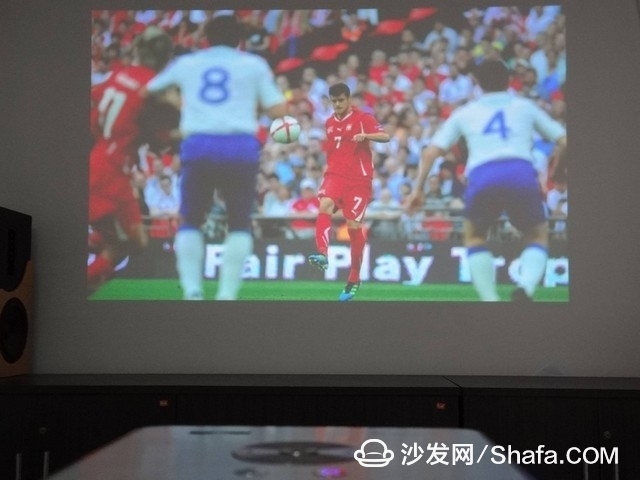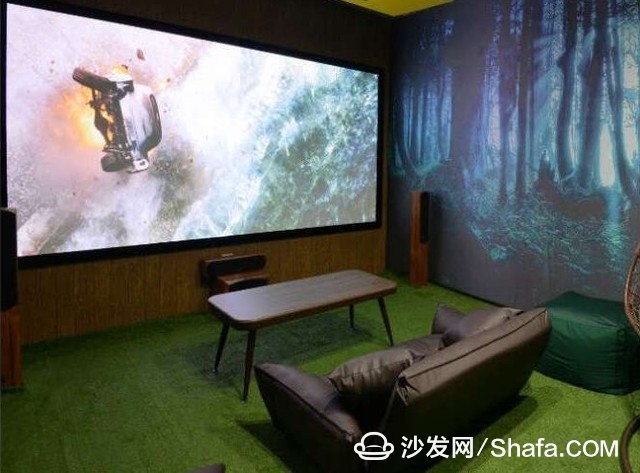In fact, projector brightness has always been a hot topic, and many users aren't fully aware of how it's measured or what it really means. Today, I'm sharing the real story behind projector brightness to help those who are planning to buy a projector make an informed decision.





Not all stories about projector brightness are true
To start with, let’s clear up some common confusion. Projector brightness is usually categorized into three types: maximum brightness, peak brightness, and ANSI brightness. Maximum brightness refers to the average brightness on the screen when the projector is set to its brightest mode (with brightness, contrast, and lamp settings all maxed out). Peak brightness is the highest value that can be achieved at a specific point on the screen in that same mode. ANSI brightness, on the other hand, is measured according to a standardized test, making it the most relevant for everyday use.

Eight gray levels for test brightness and 13 illumination test points
If a home projector is labeled as 3,500 lumens, many users might assume that it will consistently deliver that amount of light during normal use. But that’s not quite the case. The 3,500 lumens usually refer to the peak brightness, which is only achievable in certain areas of the screen. In reality, the usable brightness for most scenes is much lower. For those who care about accurate evaluations, it’s important to know that even for both home and commercial projectors, it's rare for actual ANSI brightness to reach 70% of the advertised value. Some models may only hit around 50%. So, if a projector claims 3,500 lumens, you might only get between 2,500 and 1,750 lumens in practice. That’s why it’s crucial to look beyond the numbers.
The standard for brightness measurement is full of tricks
Besides the misleading terminology, another issue is outright exaggeration. Some projectors don’t even meet their advertised peak brightness, which is clearly a form of false advertising. Although this was more common in the days of traditional lamps, it’s less frequent now due to industry improvements and more informed consumers. However, it still happens.

Projector brightness will become less exaggerated over time
After going through all of this, my main goal is to help users avoid being misled by marketing claims. The best way to assess a projector’s brightness is to actually see it in person. Also, as technology advances and the industry becomes more transparent, we can expect fewer exaggerated specifications in the future. Users will eventually get a clearer and more honest picture of a projector’s true performance.
If you're looking for smart TV or streaming box updates, be sure to check out Smart TV Info Network, your go-to source for smart TV and box news, reviews, and guides. Visit http:// for more information.Surge arrester is also called over-votage protector and over-volage lmiter. t is connected im paralle to the front end of the protected couipmen,. Whichprolects other clectrical equipment from lightning over-voltage, operating over-voltage, and power frequency transient over-voltage impac.
Composite Arrester,Electrical Insulation Composites,Electrical Box Insulation Covers,Composite Line Post Insulator
Jilin Nengxing Electrical Equipment Co. Ltd. , https://www.nengxingelectric.com